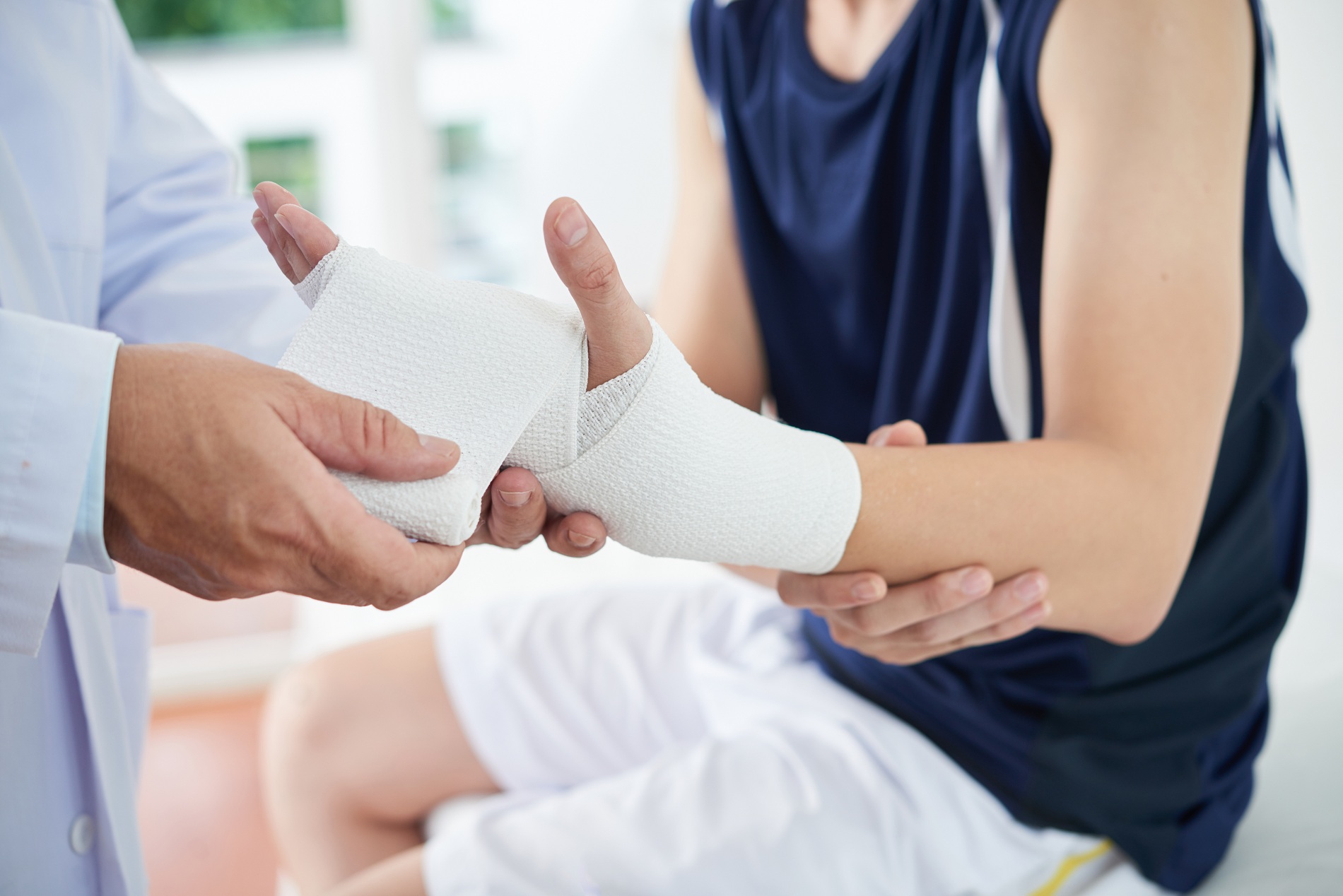Wound Care
Best Wound Care Specialist in Orlando
Wounds are our specialty! Our goal is to not only treat but heal your wounds. Wound healing is a complicated process. It’s truly a field where no two patients are alike. Our providers take into account intrinsic as well as extrinsic factors that can affect wound healing and use enhanced treatments, methods and procedures to provide an optimal wound healing environment. Also, theres No Wound Care Center Fees! Most wound care centers charge a fee and there are costly transportation expenses and co-pays. You can count on us to deliver personalized care.
Some of the types of wounds we treat are:
- Diabetic Ulcers
- Incontinence Associated Dermatitis
- Pressure Ulcers
- Traumatic: Skin Tears, Abrasions, lacerations, avulsions
- Surgical Wounds
- Venous Ulcers
- Lymphedema Ulcers
- Burns
- Cancer
- And more
We also provide on-site procedures such as:
Debridement
This treatment cleanses necrotic tissue, calluses and foreign debris. Surgical debridement helps eliminate bacterial overgrowth and other unhealthy tissue, which could lead to infection, amputation and wound deterioration. By surgically removing these, the provider can then thoroughly inspect the wound bed to determine the best course of treatment to facilitate wound healing.
Skin Substitute
There are instances in which patients suffer from complex wounds that are difficult to heal due to multiple factors such as healing environment, medical illnesses or comorbid conditions etc. By using a skin substitute, we are providing wound healing factors, extracellular matrix proteins, growth factors, cytokines and regulatory proteins that assists and speeds wound progression.
Cauterization
Silver nitrate stick therapy is an antimicrobial, anti-inflammatory and has healing characteristics. Sometimes a wound stalls or becomes hypergranulated or develops an epibole. Silver nitrate may be used to renew/restart the healing process in the case of an epibole. Silver nitrate is used to cauterize the hypergranulated tissue around stomas such as gastrostomy and tracheostomy stomas.
Compression Therapy
Patients with chronic venous disease are the main candidates for compression therapy. Chronic venous diseases arise in people with increased pressure strains the leg veins. This can prompt valves within the veins to fail to work efficiently, resulting in blood flow to back up and eventually pool out in the legs.
Incision and Drainage
Using a local anesthetic (such as lidocaine) to numb the area around the abscess so you don’t feel pain, a provider then inserts a scalpel or needle into the skin over the pus and the pus is drained. Some abscesses have more than one pocket of pus that must be ruptured to release all of the infected material and a wound culture is obtained. After the pus has drained, the wound will be cleaned and rinsed with saline solution.
Biopsy
Sometimes during the course of a treatment, a wound or bone biopsy is needed to help to diagnose if there is infection or if the wound has evolved. Our providers can take a sample of the tissue and send it to a lab for further investigation.
Wound culture
This can be obtained with expert precision anytime a provider might deema wound as infected. The same obtained is sent to a lab who can precisely guide us with targeted antibiotic therapy for critical wound management.

